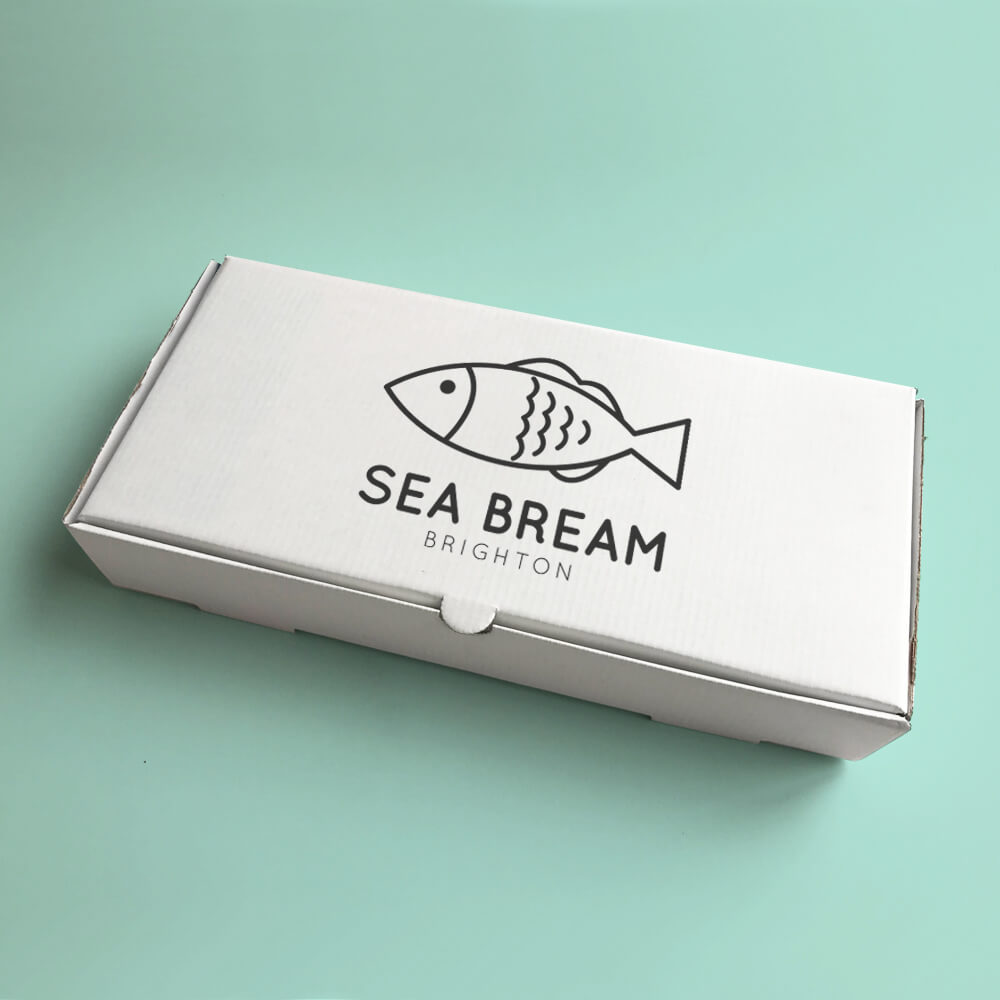The Impact of Plastic Food Packaging on the Environment and Health
In today's world, plastic food packaging has become ubiquitous, encompassing everything from bags and containers to wraps and bottles
. While it offers convenience and extends the shelf life of food products, the environmental and health implications of plastic packaging are increasingly coming under scrutiny.Plastics are derived from petroleum, and their production process is energy-intensive, contributing significantly to greenhouse gas emissions. The sheer volume of plastic waste generated by food packaging is staggering. According to the Environmental Protection Agency (EPA), millions of tons of plastic waste end up in landfills each year, with a significant portion originating from food packaging. This waste not only contributes to landfills overflowing but also often finds its way into oceans and waterways, harming wildlife and marine ecosystems. Sea turtles, birds, and fish frequently ingest plastic debris, mistaking it for food, which leads to injury or death.
Moreover, plastic packaging is notoriously difficult to recycle. Many types of plastics cannot be processed together, and the recycling rates remain alarmingly low. The plastic that does get recycled often doesn't maintain its quality, meaning it cannot be reused for food-grade applications. This often leads to single-use plastics dominating the market, exacerbating the plastic crisis.
plastic food packaging

Beyond environmental concerns, potential health risks associated with plastic food packaging have also garnered attention. Some plastics contain harmful chemicals, such as bisphenol A (BPA) and phthalates, which can leach into food products. These substances are known as endocrine disruptors, which means they can interfere with the body’s hormonal systems, potentially leading to a variety of health issues, including reproductive problems and increased cancer risks. Particularly concerning is the fact that hot or fatty foods can increase the likelihood of these chemicals leaching into food.
In response to these growing concerns, there has been a movement towards sustainable packaging alternatives. Biodegradable materials, plant-based plastics, and reusable containers are gaining popularity among environmentally conscious consumers and manufacturers alike. Initiatives aimed at reducing plastic waste, such as encouraging the use of reusable bags and containers, are also gaining momentum.
Consumers have an essential role to play in this transition, as demand for environmentally friendly packaging grows. By choosing products with minimal or recyclable packaging and supporting companies committed to sustainability, individuals can contribute to reducing the plastic footprint associated with food packaging.
In conclusion, while plastic food packaging provides certain benefits, its negative environmental impact and potential health risks are significant. As awareness grows, it is crucial for consumers, businesses, and policymakers to advocate for alternatives that prioritize both the health of individuals and the planet. Transitioning towards sustainable practices in food packaging is not just a trend; it is a necessary step towards a healthier future for our environment and society as a whole.



